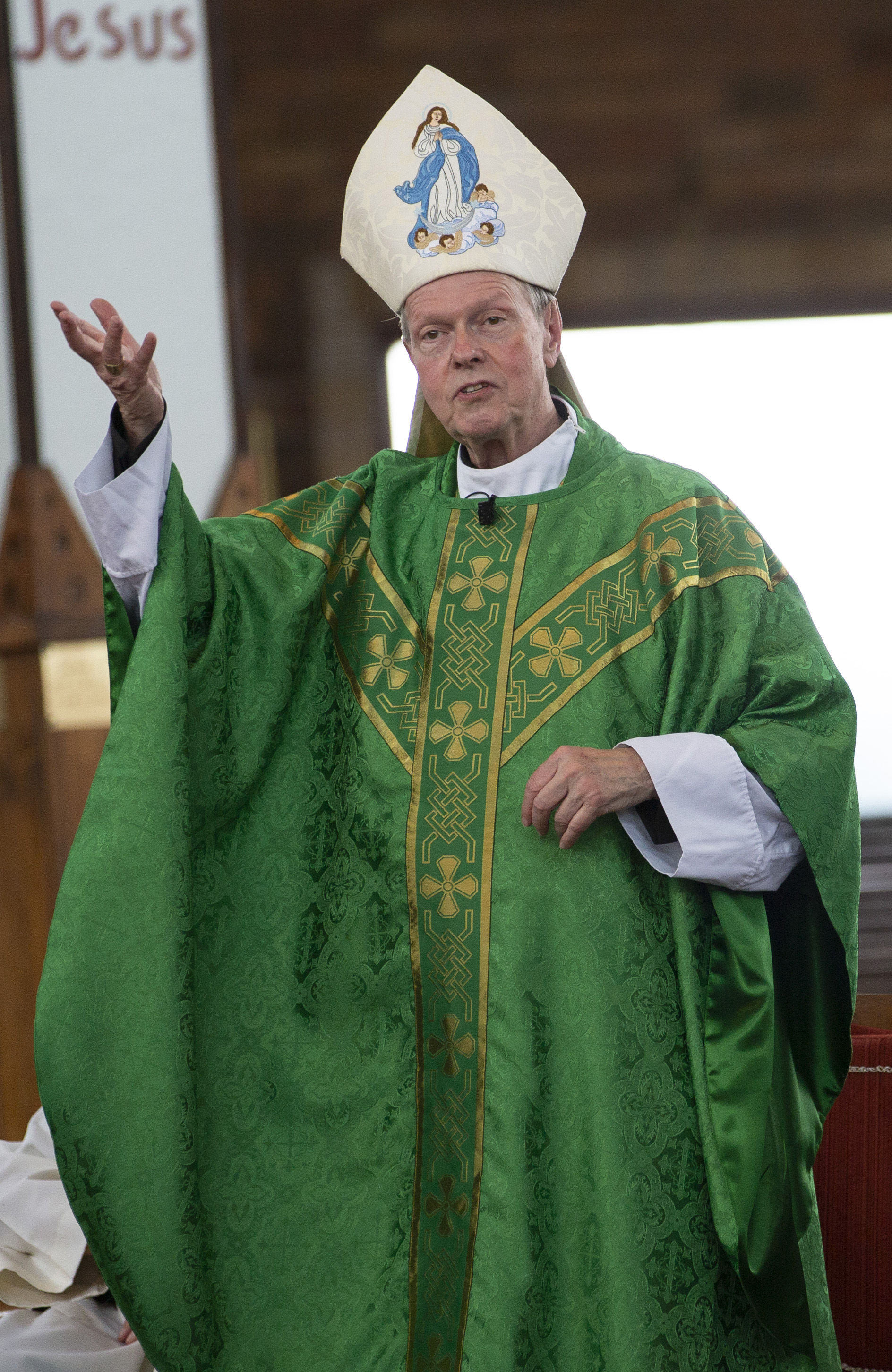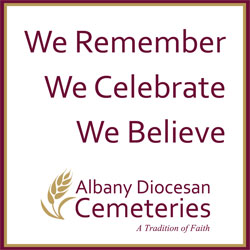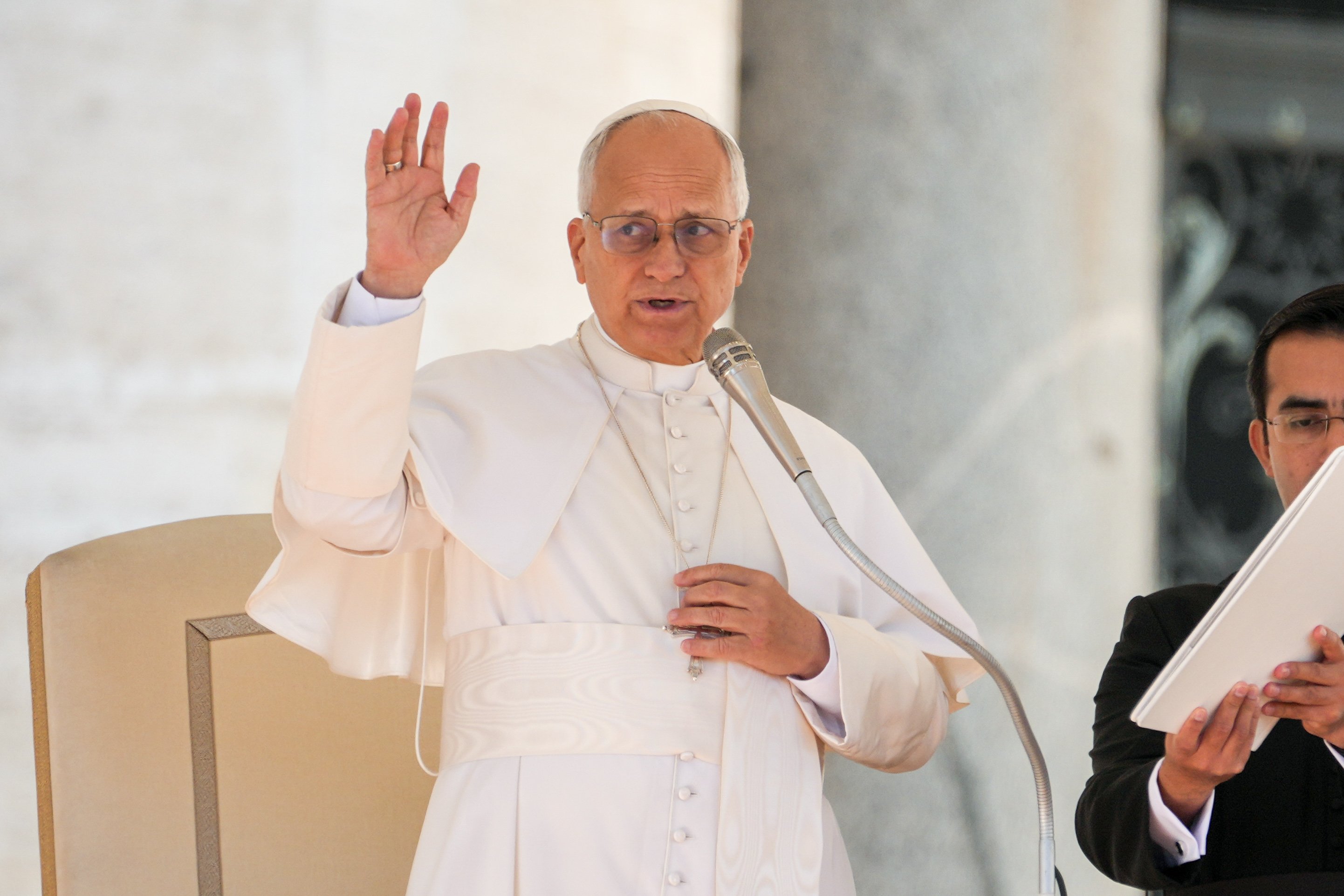April 6, 2018 at 1:53 p.m.
YEAR OF FAITH
Explaining the creed, part V: the Church, baptism, life, death and resurrection
These are often called the four "marks" of the Church. What does each one mean?
We state that we believe in one Church, and yet know full well that there are many Christian denominations and also that, sadly, there are divisions with-in the Roman Catholic Church. How can we say that the Church is really "one?"
It is sometimes said that the Church is indeed one, even if Christians are divided. We can remember Jesus' great prayer that "they all may be one" (John 17:20-22) and also that Jesus founded one Church and we are called to be one in faith, hope and love.
Our creed, therefore, tells us of the fundamental unity or oneness of the Church and of the urgent call to heal all divisions and disunity as our Lord wishes and wills.
The Church is also called "holy." This can be puzzling. There are many wonderful and holy people in the Church (such as our two new, local saints: Kateri Tekakwitha and Mother Marianne Cope), but we are also aware of scandals and of our own faults and failings.
How can we say that the Church is "holy?" As with the Church being one, it is a reminder that Jesus Christ, the holy one, founded the Church; He is the head and we are the "Body of Christ" (read 1 Corinthians 12:27).
It also reminds us of our fundamental call to holiness - a central message of the Second Vatican Council, whose 50th anniversary we celebrate this year. We become holy through living our faith in our daily lives, fed and sustained by the sacraments, by God's Word and through prayer.
The Church is also "catholic:" that is, "universal." The Church and its mission to spread the Gospel spans all times, places and cultures. The Church exists to help everyone to find their vocation, meaning and purpose in life, and to experience and live the universal and eternal love of God. That's quite a thought!
Finally, we say that the Church is "apostolic:" that is, founded on the Apostles. This is expressed especially in the ministry and mission of the pope and the bishops who are, respectively, the successors to St. Peter and the Apostles.
The creed then speaks of the great sacrament of baptism that all Christians share. This sacrament gives us so much: an entrance into the Church, the removal of sin and a new birth as daughters and sons of God.
It also gives us those gifts that help us to fulfill our mission and calling as members of the Church to "go in peace, glorifying the Lord by your life," or to "go and announce the Gospel of the Lord," as we are commanded to do at the end of Mass.
As the creed comes to an end, we look to the future: "to the resurrection of the dead and the life of the world to come." This is not a morbid thing, but a celebration of the true meaning and purpose of our life here on earth: as a preparation for the life to come.
As baptism is our beginning, so also we think of our end and our true destiny: life with God and with all those who have gone before us. Incidentally, that is why we use the Easter candle both at a baptism and for a funeral, and why we sprinkle a casket with holy water: the promises and hopes at baptism, please God, are now fulfilled and completed in the passing from death to new life.
Our reflection on the creed is also now complete. As we continue our "Year of Faith," let us take our reflections to heart, so that each time we profess our faith at Mass, we may avoid doing that on autopilot.
May we savor the words, know and understand what we say - and live those words each and every day.
(Father Barratt is pastor of Annunciation parish in Ilion and Our Lady Queen of Apostles in Frankfort. He holds a doctorate in theology and was a professor at St. John's Seminary in England before coming to the U.S. in 2004.)[[In-content Ad]]
SOCIAL MEDIA
OSV NEWS
- Supreme Court sides with Trump administration to temporarily block full funding for SNAP
- Former diocesan fundraising director indicted on wire fraud for alleged 6-figure theft
- Love is key to church’s mental health ministry, says bishop who lost family to suicide
- Caring for creation is part of peacemaking, pope tells COP30
- Security for Syria’s religious minorities is disastrous, say religious freedom advocates
- New ‘Nuremberg’ thriller examines capacity of ordinary men to commit extraordinary evil
- A pastoral reflection on voting rights and the call to justice
- Texas bishops: Court’s order on DACA ‘undermines’ right to work, support a family
- Pope Leo XIV urges Catholic technologists to spread the Gospel with AI
- Ohio bishop ends funeral visitations in churches, citing liturgical directives







Comments:
You must login to comment.